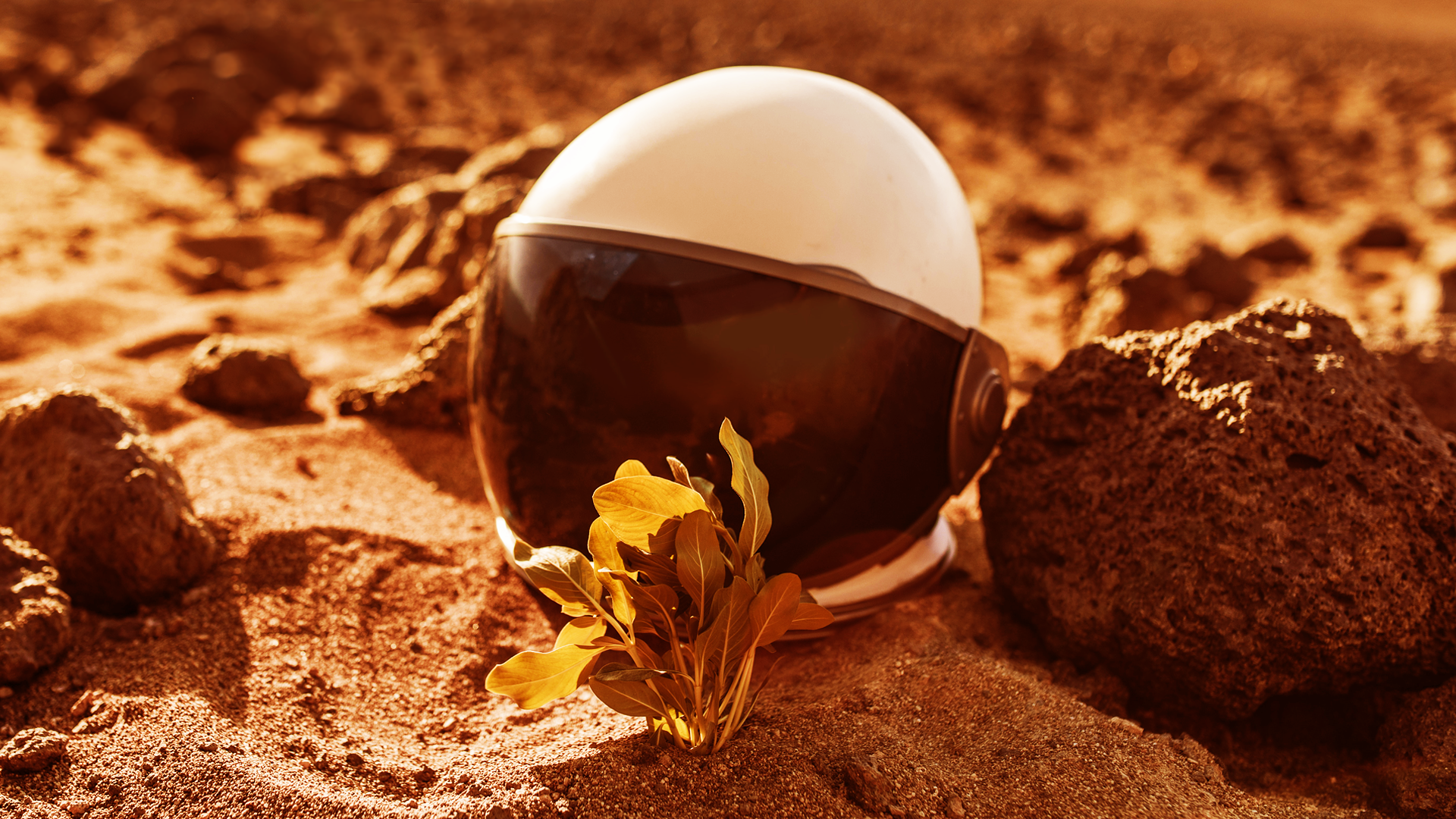In what’s being described as an extraordinary breakthrough in the aim of eventually colonising Mars, Colorado scientists have grown the first ever plants in Martian soil.
We have definitive proof that the clover really is a lucky plant.
Inside a research greenhouse at Colorado State University, agricultural biology student Franklin Harris and his colleagues have just grown the first ever plant from Martian soil – or ‘regolith’.
In the aim of establishing a human presence on Mars by 2026, cracking the agriculture problem is obviously high on the agenda.
With lengthy human expeditions pencilled in to study the planet’s ancient geology and build liveable infrastructure, researchers claim people will need to find ways of growing food locally. A stockpile of ramen noodles will only last so long.
While Harris and co haven’t yet grown a batch of root vegetables like Matt Damon in The Martian, a ground-breaking new formula for growing clovers within alien soil could provide the blueprint to make that a reality.
Pulled straight from the red surface, regolith is lacking in the necessary nutrients and nitrogen-containing molecules to be considered in any way fertile. However, under laboratory conditions, we’ve now discovered a way of enriching the soil.
Creating an artificial replica of regolith which closely resembles the real thing, the Colorado scientists supplemented missing nitrogen levels in the soil with a microbe called sinorhizobium meliloti.
Commonly found in the root nodules of clovers on Earth, this nitrogen-fixing bacteria confirmed long-held theories that we could one day terraform Martian soil within literal greenhouses on the Red Planet.
Deciding to use clover plants for the experiment – as they tend to grow densely and quickly in harsher environments – multiple pots were tested with and without bacteria to measure its overall impact.




















